[Editor’s Note: Louisville has made some pretty amazing achievements in its first 238 years—but it’s made a few blunders along the way, too. This week, we’re launching a new contributed mini-series documenting eight of the best and eight of the worst decisions, ideas, or projects that have profoundly affected the city. This list is by no means complete—and you may have strong opinions of your own about what should be on the best or worst lists. Share your thoughts in the comments section below. Or check out the complete Best/Worst list here.]
“Libraries? Who goes to libraries anymore?” Well, anyone who might say that sure hasn’t visited a library in Louisville lately. Libraries today are far more than just book shelves and dusty tomes. They are activity centers with computers and events such as genealogy seminars and author presentations. They are filled with residents of all ages and backgrounds. And Louisville’s libraries are as strong as ever.

A community must have a solid educational foundation, and the popularity of our libraries is a good barometer in this regard.
Louisville’s libraries not only set a high educational standard, but a strong aesthetic sense of pride as well. From the Carnegie-funded buildings of the early 1900s, to today’s ultra-modern architecture, local libraries have always striven to be architectural landmarks within the community.
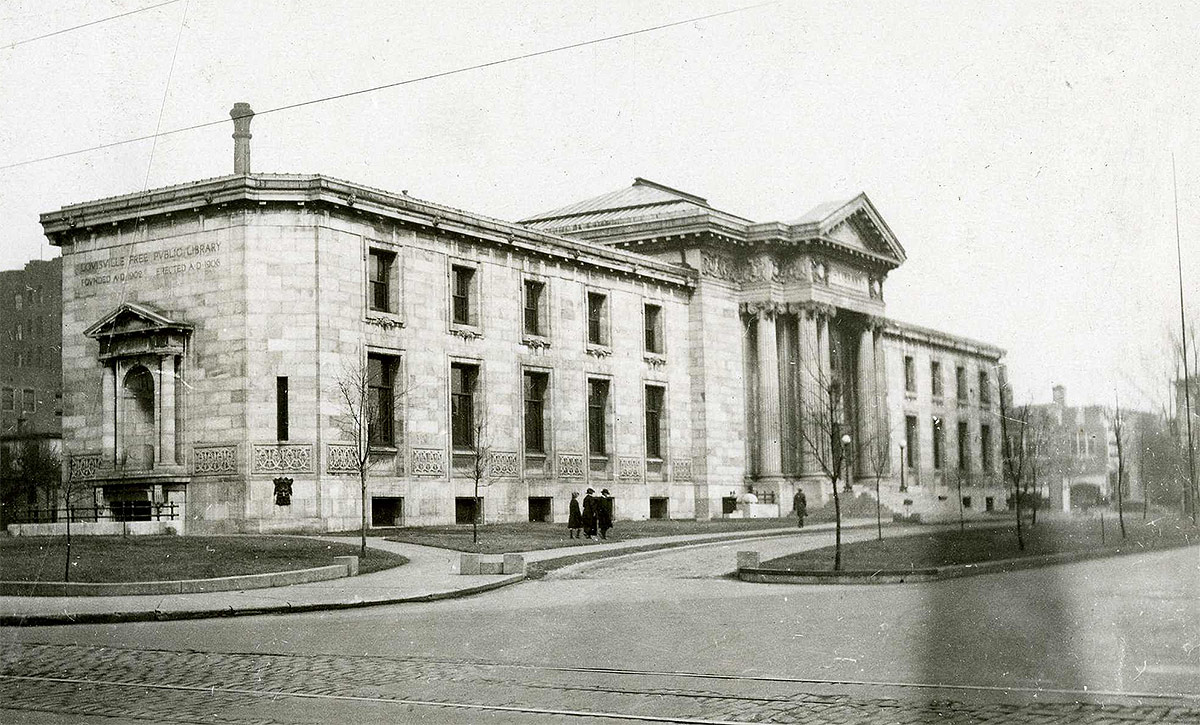
The Main Branch Library at Fourth Street and York Street in SoBro set the bar for design expectations high. Originally designed by George Tachau and Lewis Pilcher in 1908, the historic structure is a classic example of Beaux Arts style.
The interior vaulted lobby is a wonder-filled space of artwork, stained glass, and marble staircase. Natural light streams in from the large windows.
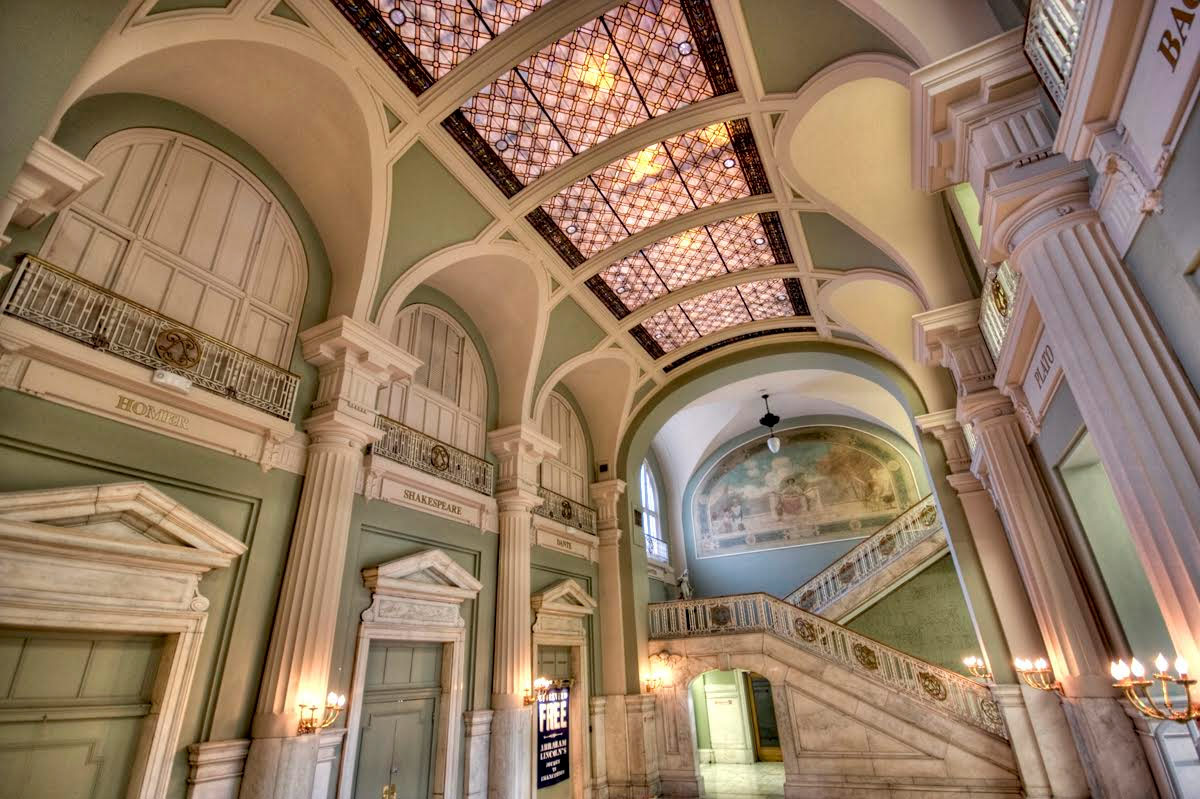
A modern expansion in the Brutalist style was added in 1974 by architecture firm Louis & Henry Group, with architect Alvin Voit as the lead designer. While this type of poured concrete style has generated mixed reactions with the public, this addition is masterfully detailed and composed. Its “open plan” interior layout, while now over 40 years old, is still adaptable to today’s technological and programmatic changes.
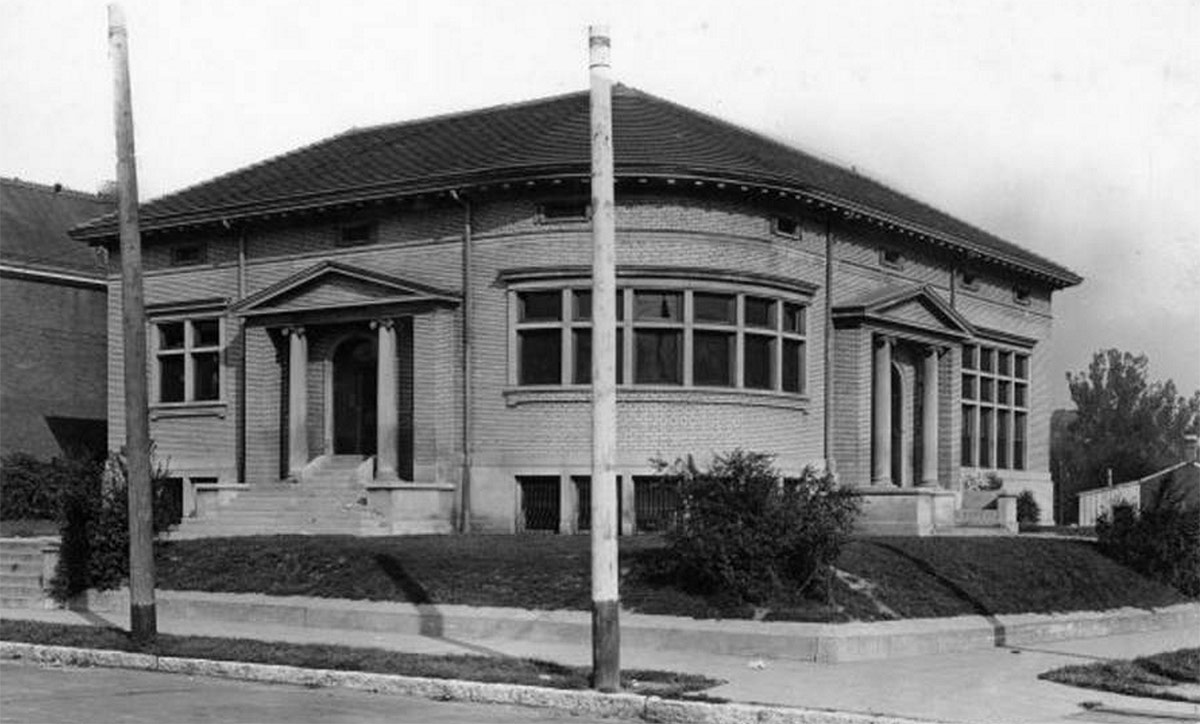
The smaller branch libraries scattered around the city, likewise, are jewels within their respective neighborhoods. The Bon-Air branch is an attractive mid-century modern facility, while the Portland branch and the Crescent Hill branch are ornate traditional Carnegie buildings.
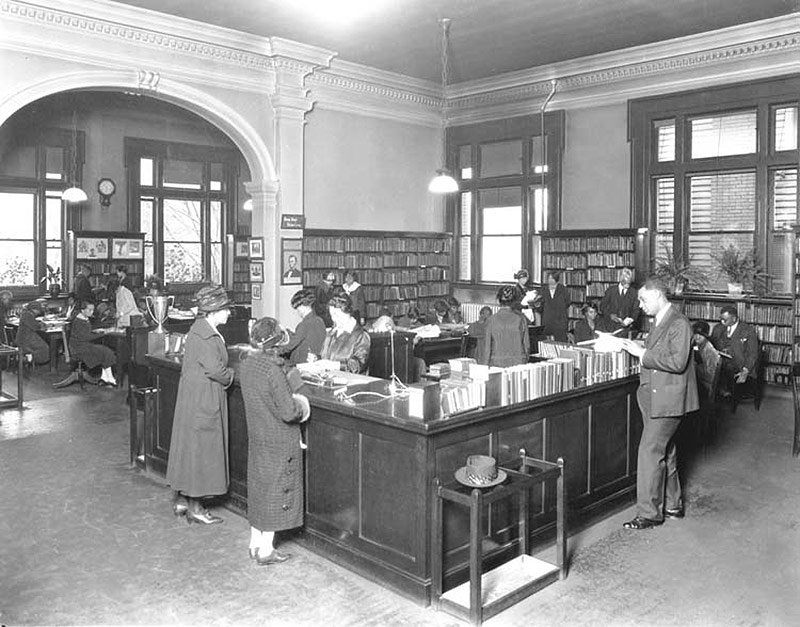
Another historic gem, the Western Branch Library on Chestnut Street, still stands proud today. St. Matthews’ branch is in a renovated former school and is proposed to undergo an addition and renovation.
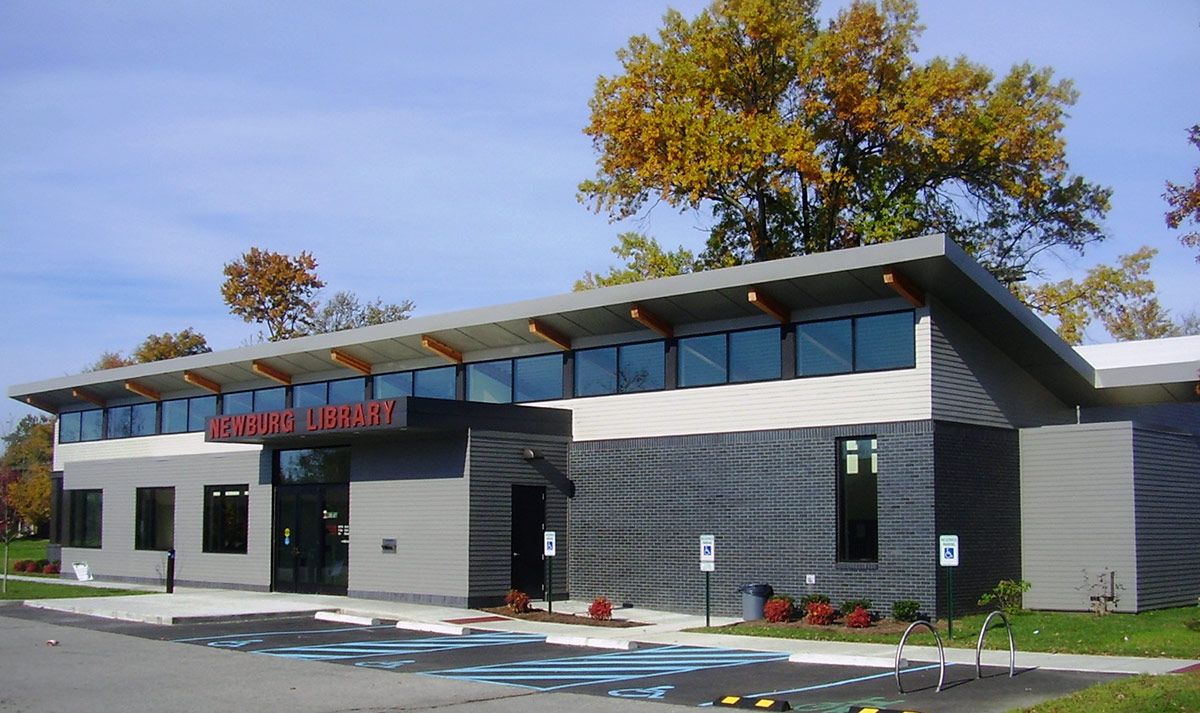
As the library system moves into the 21st Century, it is building new branches that are state-of-the-art both in educational resources as well as progressive design. The Fairdale branch offers a hip addition to the south-end neighborhood while the Newburg branch shows off sustainable design and a contemporary, V-shaped “butterfly roof” structure with clerestory windows.
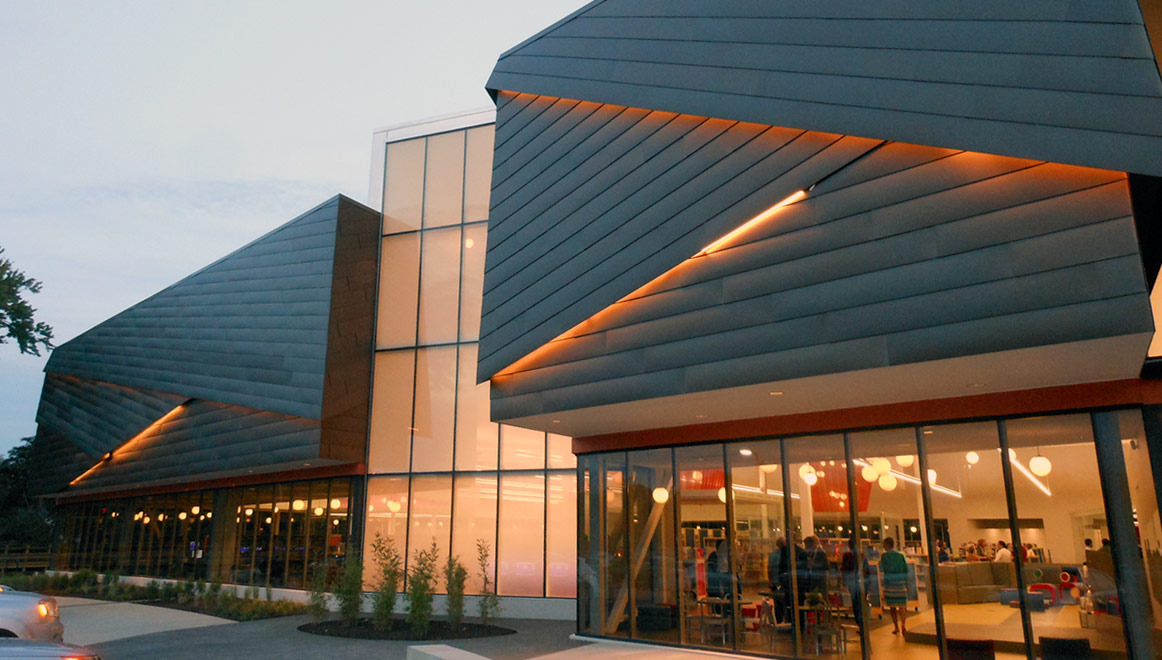
Recognizing its role as a hub in the community, the Louisville Free Public Library system is expanding with a series of regional libraries and striking design. The recently opened Southwest Regional Library shows off dynamic lighting and an angular facade. There’s no mistaking this for one of the old Carnegie designs—it stands in stark modern contrast as an example of what 21st century libraries can be for their neighborhoods.
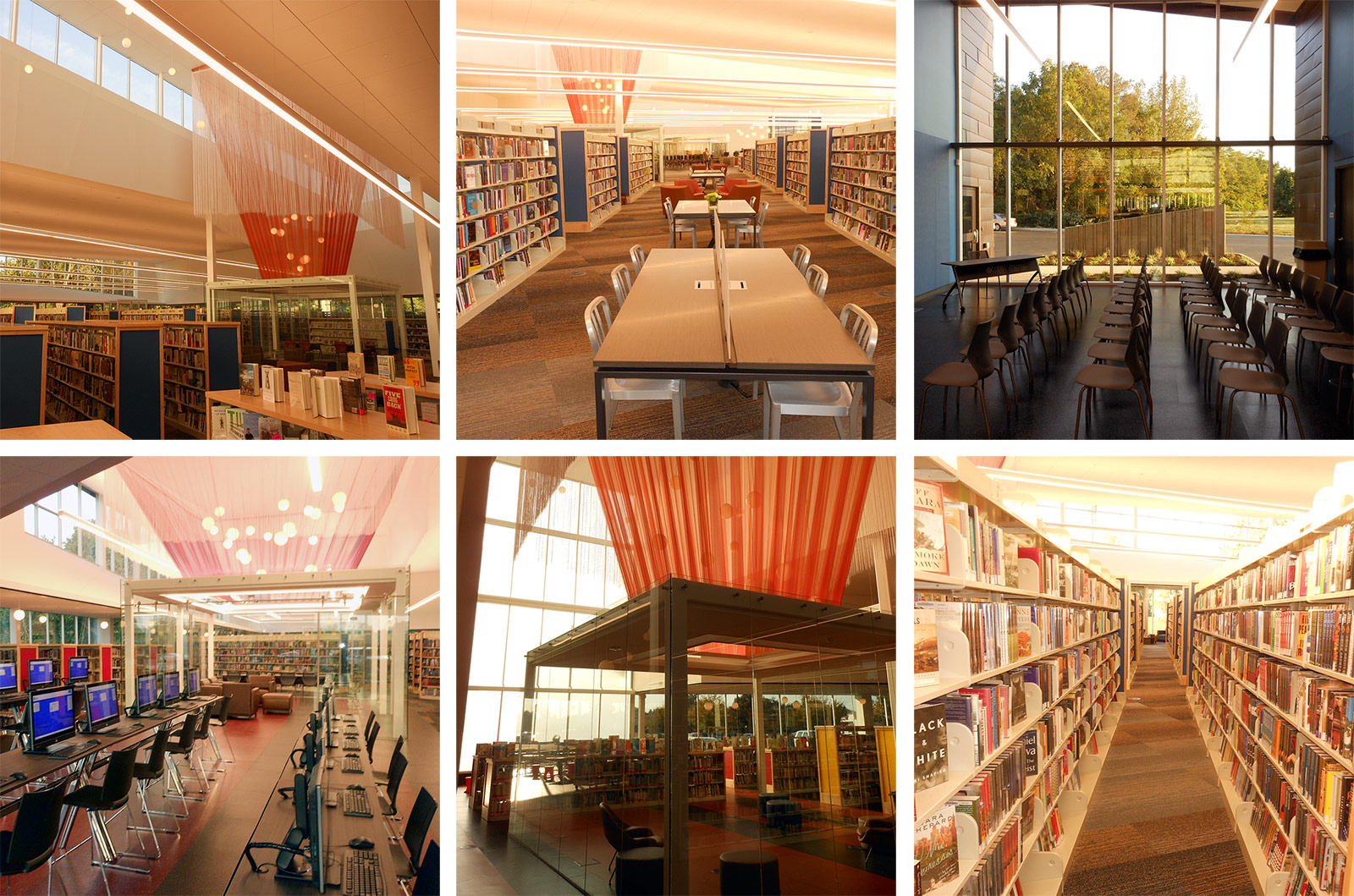
Louisville’s library system is using design and technology to get the community inside these branches, whether to read a book, search on the computer, or meet in one of the glass-enclosed community rooms.
These facilities are design for grownups and children alike with striking and playful design. And these newer libraries are often the best examples of modern architecture in their surrounding neighborhoods.
Well-thought and well designed: Louisville’s libraries are an educational and visual treasure that all can enjoy.
The Louisville Free Public Library is continuing with its regional expansion, and two more large-scale libraries are planned. Next up is the deeply angular South-Central Library, pictured above.
[Top image of a detail on the facade of the Main Branch Library by saxcubano / Flickr.]

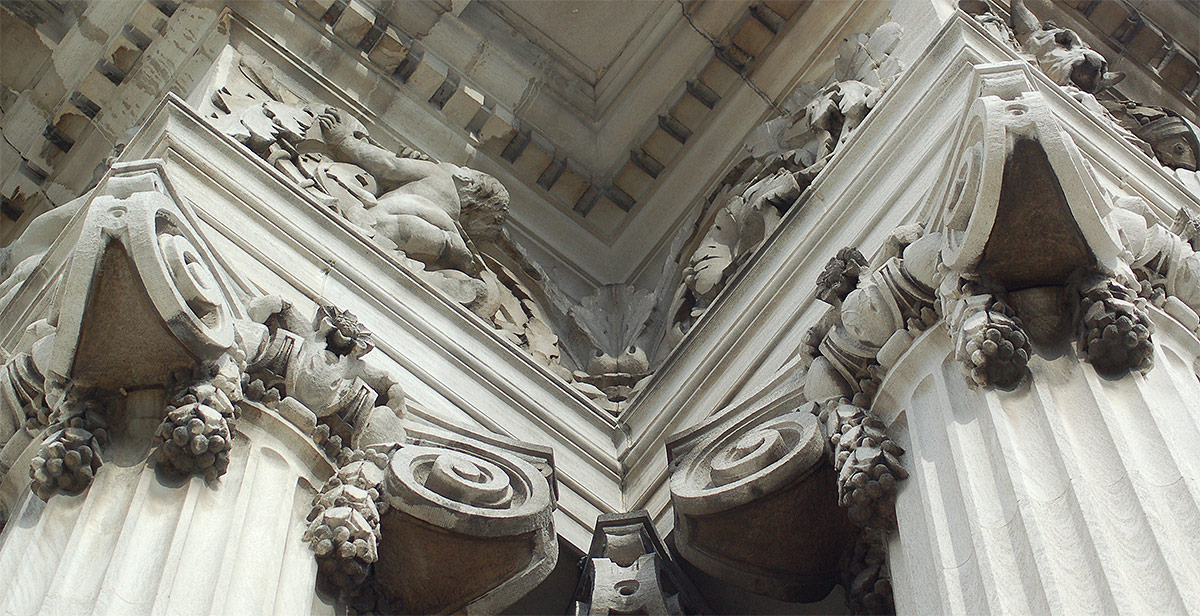
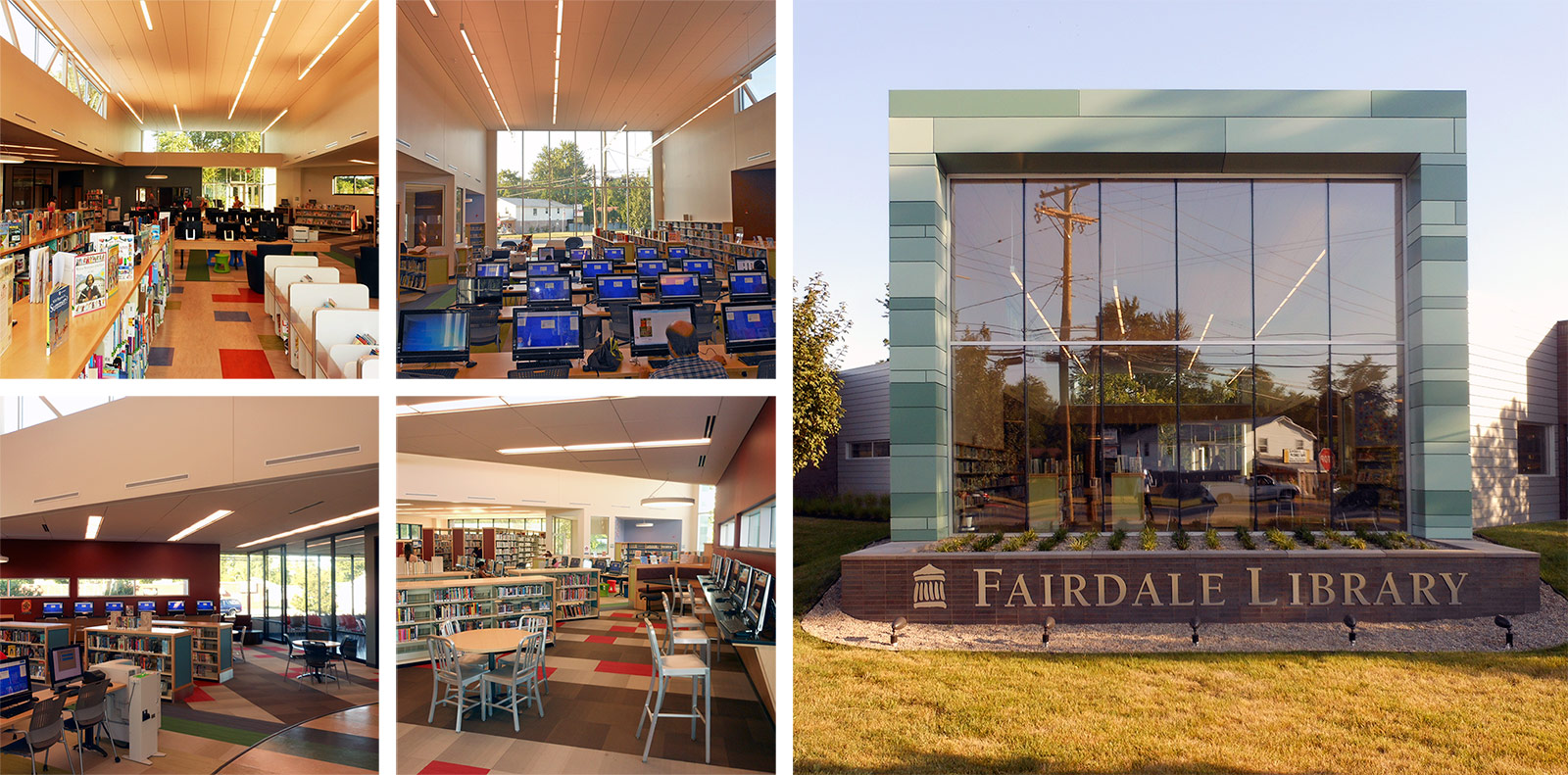
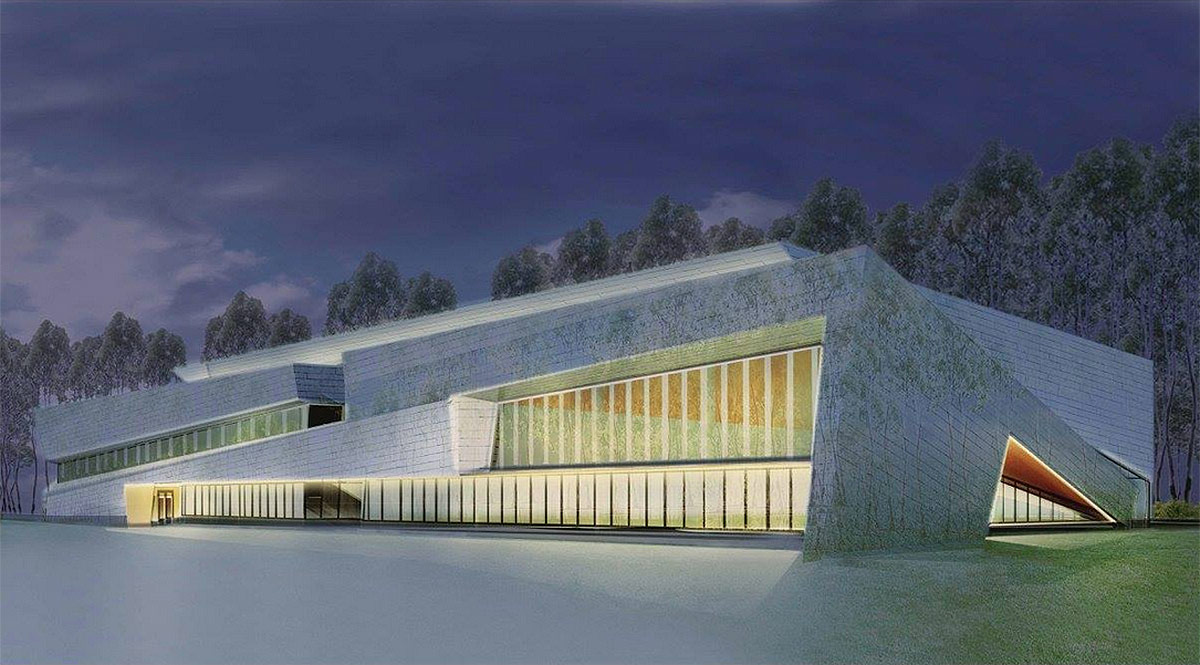

You forgot about the Shawnee addition on the back.
The new addition to the Main Library was completed in 1969.
http://www.lfpl.org/district/pdf/library%20history.pdf
No i mean the green metal addition on the back of the library that was completed in 2011. On Broadway or Muhammed ali
Deep in the West End. The addition was done on Broadway, I’ve been there, and actually used it. As a child, we went to the Parkland branch. A smaller renovation was also done at the Shively branch with green amenities as well.
All Carnegie Libraries in Louisville (i.e. those built using matching funds from Andrew Carnegie’s foundation) were designated around 2000 as individual Local Landmarks. The Jefferson Branch Library is the only exception to this rule. The reason that the Jefferson Branch Library was not designated as a Local Landmark with all the rest is because, at the time of listing, the building was still privately held. All of the other Carnegie libraries were, at the time, still owned by the City of Louisville or were located in previously designated Preservation Districts, thereby affording the buildings some protection from inappropriate change or demolition. The Highlands Carnegie Library, for instance, is located within the boundaries of the Cherokee Triangle Preservation District. The last time I drove by the Jefferson Branch Carnegie Library it was going downhill fast. Someone needs to buy that puppy, renovate it following the Secretary the Interiors Standards and return it to its former glory. Anyone? Anyone?
The library located inside Mid City Mall is anything but inviting. Terrible lighting, absolutely no architectural features to warm the interior, seems cold and out of place. Location is convenient but everything else about it is awful. I hate loosing historic buildings to the need to be “accessible” vs cost of renovation and creativity.
I go to the “Highlands-Shelby Park” branch of the library in Mid City Mall as little as possible. It always makes me weep inside for the nostalgia of both former facilities – the Highlands Carnegie and the Shelby Park Carnegie – parts of my childhood and young adulthood. Mid City just doesn’t have that vibe, that feeling of hallowed halls housing unexplored treasures. (Yet I DO like Bon Air, another part of my childhood. It inspires with its own “modern” design. Is there still a Fincastle/Camp Taylor branch? It was in one of the old barracks buildings when I was a child.)
RE: tyler Feb 4, 2016 at 8:27 pm – “No i mean the green metal addition on the back of the library that was completed in 2011. On Broadway or Muhammed ali”
Tyler,
When I responded earlier it was to correct the original story’s misinformation (“A modern expansion in the Brutalist style was added in 1974 by architecture firm Louis & Henry Group, with architect Alvin Voit as the lead designer.”) The expansion opened in 1969 so I am not sure where they got their information.
It just happened to come after you made your comment. Sorry about the confusion.